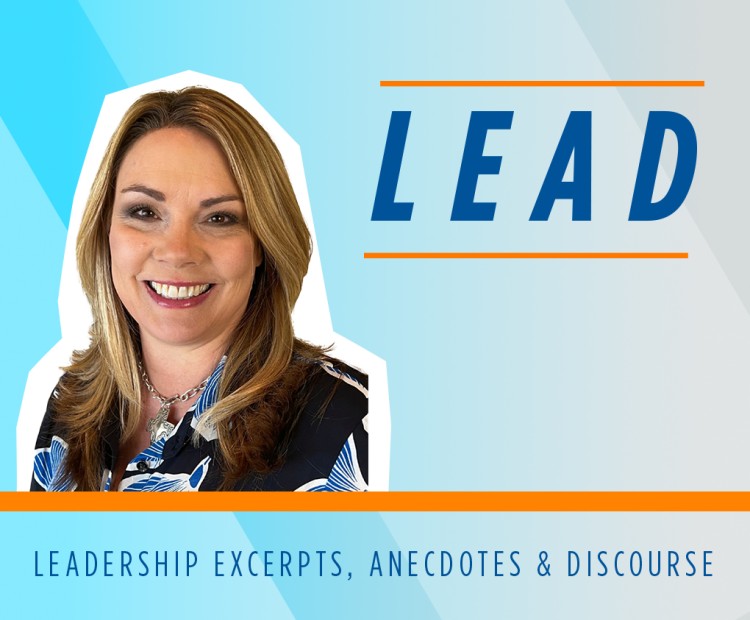Extreme Ownership and BE ONE UT
Jocko Willink and Leif Babin draw powerful leadership principles from their experiences as U.S. Navy SEALs in "Extreme Ownership." Each chapter describes a leadership lesson learned during their combat or training experience. The chapter explains the leadership principle and the principle’s application to business. As I was reading, I realized that the principles aligned with the values and desired behaviors of BE ONE UT. After the chapter name, I have added the value and behavior from BE ONE UT that I think align with each chapter.
- Extreme Ownership: B - BOLD & IMPACTFUL
The chapter explains the foundational principle of leaders taking complete responsibility for outcomes. Ownership means leaders must embrace accountability for the entire organization. - No Bad Teams, Only Bad Leaders: E – EXCEL IN ALL WE DO
This chapter reinforces the notion that team performance is a direct reflection of leadership effectiveness. It emphasizes the need to invest in leadership development throughout the organization. - Believe: O – OPTIMISTIC & VISIONARY and T - TRANSPARENT & TRUSTED
Belief in the organization's mission must be ingrained at every level. This chapter reinforces the idea that a shared vision embraced by the entire team becomes a driving force for success. - Check the Ego: U – UNITED & CONNECTED
The chapter advocates for humility and a focus on collective success. Leaders should encourage team members to share ideas and collaborate without the hindrance of ego-driven barriers. - Cover and Move: U - UNITED & CONNECTED
Leaders must encourage cross-functional collaboration to ensure the organization operates as a cohesive unit. The principle of covering and moving aligns with strategic planning and execution. - Simple: U - UNITED & CONNECTED
The principle of simplicity guides leaders to streamline communication, optimize processes, and maintain a laser focus on key objectives. This chapter advocates an approach that fosters clarity, efficiency, and decisiveness. - Prioritize and Execute: E - EXCEL IN ALL WE DO
The authors stress the importance of prioritizing tasks and decisively executing them. The concept of prioritizing high-impact tasks aligns well with strategic planning ensuring the team focuses on initiatives that contribute most significantly to overall objectives. - Decentralized Command: T – TRANSPARENT & TRUSTED and N - NIMBLE & INNOVATION
This principle advocates for empowering teams to make decisions at the lowest possible level. Leaders must trust their team members, allowing for agility and quick responses to challenges without unnecessary hurdles. - Plan: O - OPTIMISTIC & VISIONARY and E – EXCEL IN ALL WE DO
The emphasis on comprehensive planning is a cornerstone of success. Planning is not merely about creating a roadmap; it involves foreseeing potential challenges and preparing for contingencies. - Leading Up and Down the Chain of Command: N - NIMBLE & INNOVATION and U – UNITED & CONNECTED
Leadership is not confined to a hierarchical structure. Leading up and down the chain of command is crucial for fostering collaboration and ensuring the entire team is aligned with organizational goals. - Decisiveness and Uncertainty: T - TRANSPARENT & TRUSTED
This chapter underscores the importance of making informed decisions swiftly. This principle encourages leaders to trust their judgment and act decisively even when faced with ambiguity. - Discipline Equals Freedom - The Dichotomy of Leadership: N - NIMBLE & INNOVATIVE
The authors highlight the paradoxical relationship between discipline and freedom. Establishing disciplined processes allows for the flexibility required to navigate the ever-changing business landscape.
I love the underlying mindset of extreme ownership found on page 14: “Leaders must own everything in their world. There is no one else to blame.” This mindset can be applied to all situations. This book provides a roadmap for leaders to instill a culture of ownership, accountability and collaboration.

